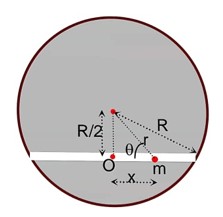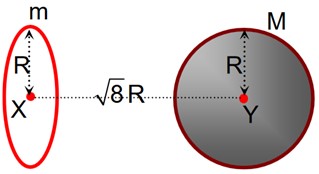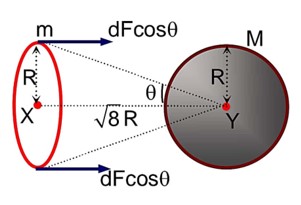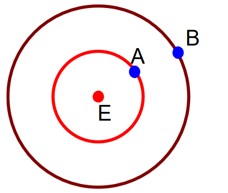Overview
Get insights from 89 questions on Overview, answered by students, alumni, and experts. You may also ask and answer any question you like about Overview
Follow Ask QuestionQuestions
Discussions
Active Users
Followers
New answer posted
3 months agoContributor-Level 10
As we go pole to equator, acceleration due to gravity decreases. So, weight of the body will also reduces. Thus, weight on equator will be slightly smaller than 49 N.
New answer posted
3 months agoContributor-Level 10
Image is virtual, when an object is placed at distance 10 cm from the lens and image is real when object is placed at 20 cm from the lens.
Thus, m1 = -m2 =>
New answer posted
3 months agoContributor-Level 10
Acceleration due to gravity at r distance above the surface =
Acceleration due to gravity at r distance below the surface =
So, ratio =
Taking an Exam? Selecting a College?
Get authentic answers from experts, students and alumni that you won't find anywhere else
Sign Up on ShikshaOn Shiksha, get access to
- 65k Colleges
- 1.2k Exams
- 679k Reviews
- 1800k Answers






